
Trinidad Carnival is the Greatest Show on Earth! Here’s Why.
Trinidad Carnival is more than a show, an event, a fete, or a festival. Trinidad Carnival is an entire season that runs from Christmas to Ash Wednesday. In fact, some ‘Mas’ Bands launch in August already. Moreover, Carnival is in the DNA of most Trinidadians.
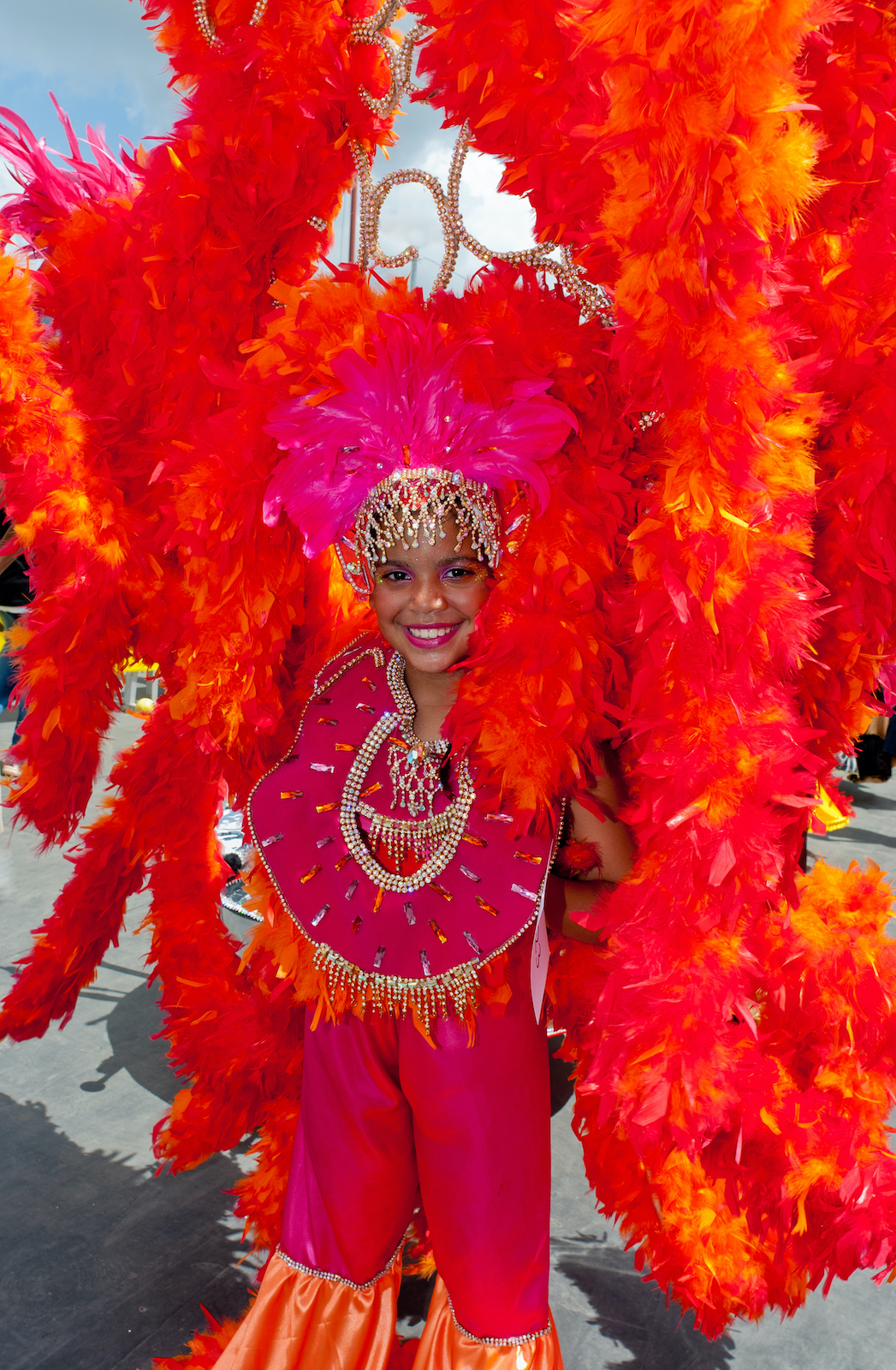
What is Trinidad Carnival?
According to Peter Minshall, Trinidad Carnival “is where you see the music and listen to the mas”. Yes, you can see the music through gyrating bodies, swaying costumes and revelling masqueraders. And you can listen to the mas (short for masquerade) because each Carnival band, each carnival costume has a story to tell; the story of Trinidad and Tobago; the story of the Caribbean; the story of our ancestors. And in the words of 3Canal, Trinidad Carnival is a ‘Living Ritual’.
Trinidad Carnival was born as a French custom in the 1700s where Christians would have a couple of days to party, drink and eat before the fasting started with Lent. This is why the climax of Trinidad carnival takes place on the Monday and Tuesday before Ash Wednesday (the first day of Lent).
The French would don themselves in ballroom garb, eat, drink and be merry. And the enslaved Africans would watch on from afar, never permitted to participate. Then slavery was abolished in the 1830s and the free men and women of African heritage would descend on the streets during what was called Canboulay (the pre-cursor to carnival). Canboulay was a way for the former slaves to speak out and protest.
Many made mockery of their former slave masters and this was reflected in the content of the music and the stories of the costumes. Consider the Dame Lorraine carnival character – a caricature of the French Aristocrat portrayed as a big bottom French dame.
A Very Participatory Event – It’s All About You
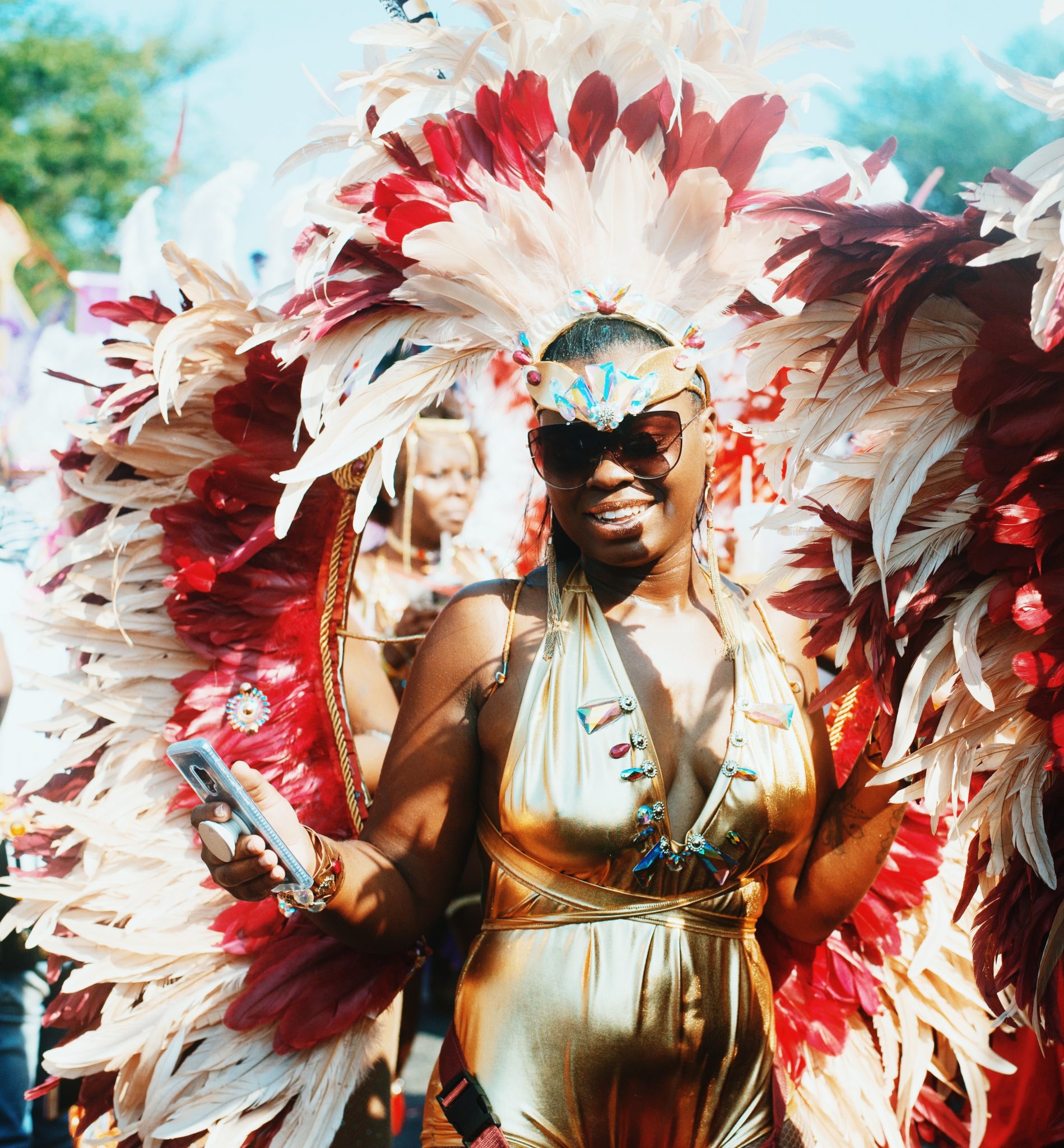
Trinidad carnival has something for everyone.
Unlike many other carnivals, with TRINIDAD carnival, anyone can be a participant. Join a band, throw on some paint, or dab your body with mud and you too, can be in the show. The experience ranges from being in an official / formal band to a very informal do-what-you-want setting. It’s really about the individual experience.
And if you’re like me, you can jump from one band to another to get a diverse experience – old mas, steelpan, big truck music, traditional mas and so on.
Or you can join in the more ‘exclusive’ bands such as Tribe, Harts and Bliss, that offer all-inclusive packages. For one price you can purchase a costume (online or in person), enjoy soca from music trucks, consume unlimited food & drink over the two-day period, choose from the many mobile toilets and air-conditioned restrooms, and party in comfort.
You can also simply observe from the side-lines from one of the many viewing points/stages, like the Grand Stand at the main stage in the Savannah. Or just stand on the sidewalk with drinks in hand enjoying the spectacle of the parade of the bands. Rest assured, though, how ever you choose to experience Trinidad carnival, you’re in for the time of your life.
A Whole Season of Activities
Away with Christmas carols and bring in the Soca music. While most carnivals around the world are for a day or two, Trinidad carnival is an entire season. The Trinidad carnival season starts from Boxing Day (the day after Christmas) until Ash Wednesday.
And while the climax of the season is carnival Monday and Tuesday, carnival isn’t just about these two days. There are so many things taking place all over the country in the weeks leading up to the grand finale.
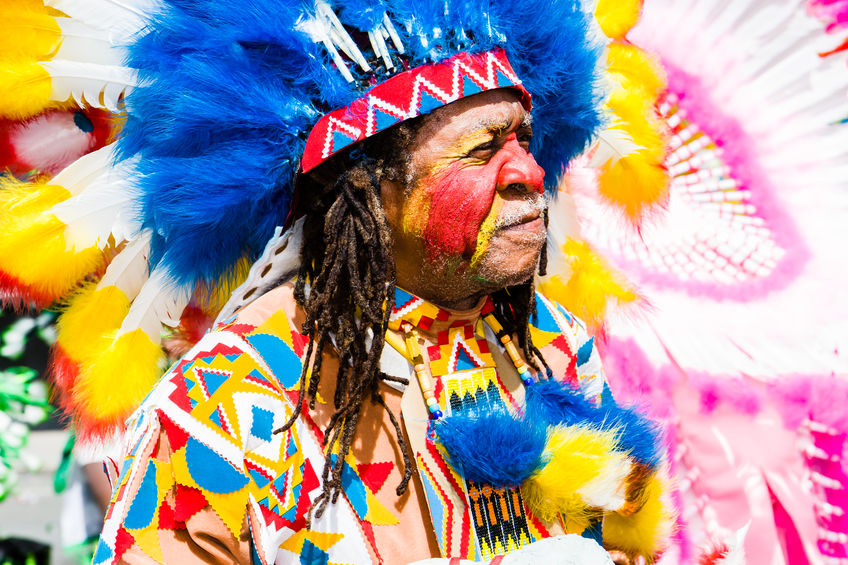
A Variety of Things to Do, See and Experience
The season is dotted with a number of events. There are dozens of fetes (parties) to enjoy – from the simple and inexpensive cooler fetes (bring your own cooler with drinks) in the communities, to more prominent fetes such as Moca Fete, Brian Lara Fete, Fatima Fete, CIC Fete, Army Fete and so on. Many of these fetes are all-inclusive – eat and drink as much as you like, choosing from a wide selection of local dishes and finger food such as pholourie, doubles, bake and shark, gyros, kebabs, BBQ chicken, roti, curry, souse, and so much more.
There are also major concerts put on by some of the best performers in the carnival industry such as Machel Monday and Kes on the Rocks. There are numerous calypso shows and calypso tents. Experience the steelpan competition called Panorama which lasts for weeks. And there are a number of other competitions such as the Calypso Monarch, Soca Monarch, Chutney Monarch, the Kings and Queens of Carnival, Extempo competition. In the villages you can experience blockos, stick fights and other village events. And the season culminates with J’ouvert, Monday night mas in St. James, Tuesday parade of the bands, and Last Lap.
Jump and Gyrate to Soca Music
You can’t have Trinidad carnival without soca music. Soca music is the soul of carnival. The fast, rhythmic vibrations of soca music bring carnival to life. Gyrating hips, swinging bottoms, pumping fists, waving flags, stamping feet, and bobbing headpieces are all symptoms of this infectious music. You can truly “see the music”. Even the hearing impaired can’t keep still.
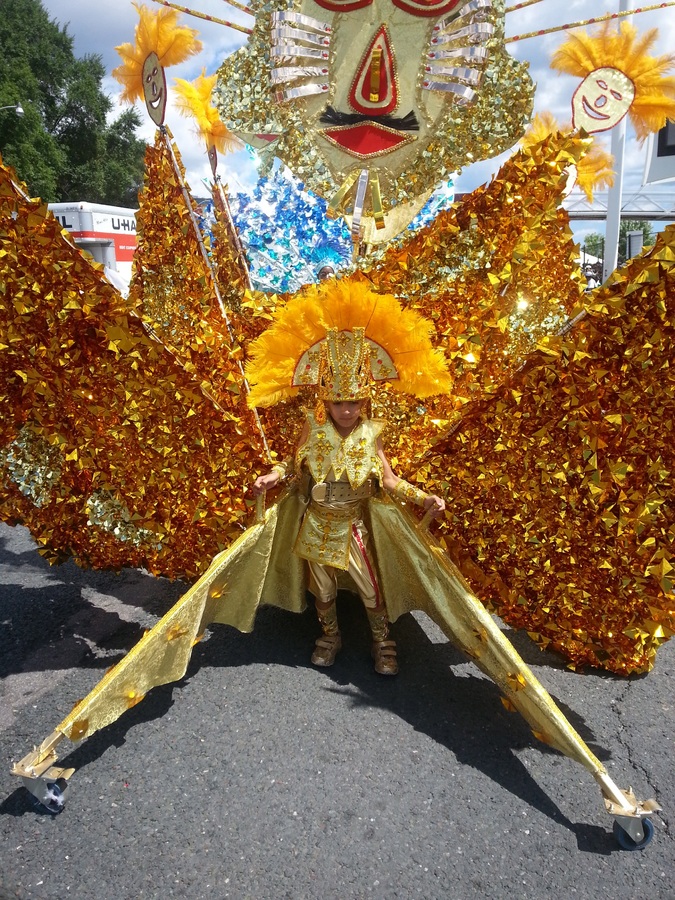
Party Like There’s No Tomorrow
While there’s so many events and experiences to choose from, there are those who find that there’s not enough time to take in everything. But that doesn’t stop them from trying. Many people party night after night. The banks even offer Fete loans. Yes, borrow money to pay for all your carnival partying. It’s a real thing.
And if you think you can party like a Trini (a Trinidadian), think again. Trini’s take partying to a whole different level. For most Trinidadians, partying is not a sprint but a marathon. Trinis know how to fete ‘Like a Boss’.
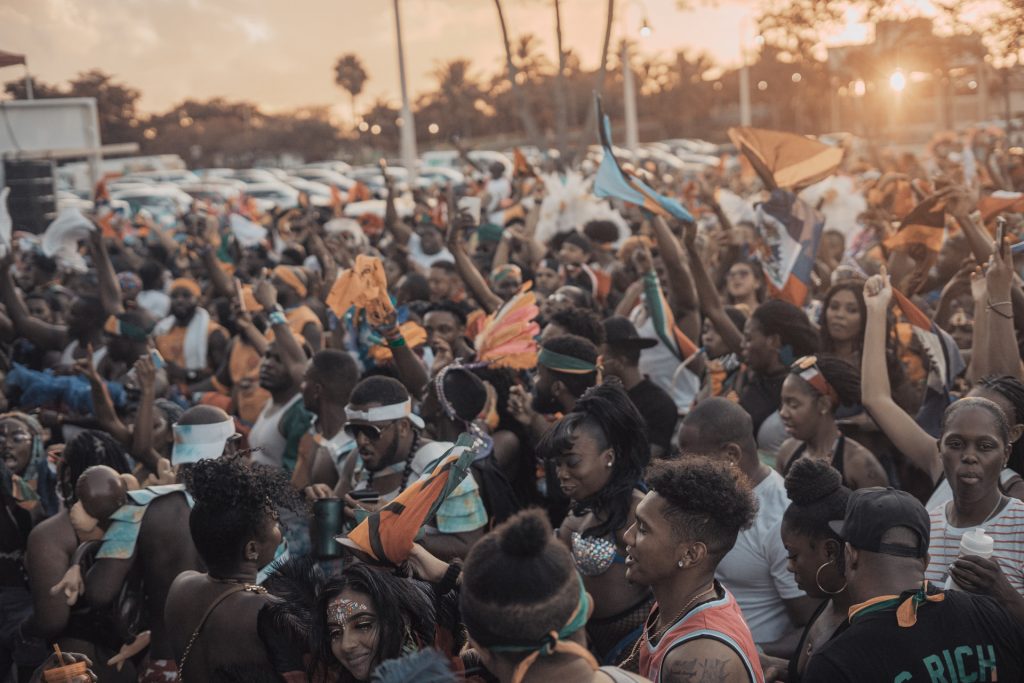
Drink ‘til You Drop’
No party or fete would be complete without alcohol. Try some rum with a splash of soca. Rum and soca is a potent combination. And what better place to drink than in the Caribbean where you can get your hands on authentic rum. There’s a reason they say ‘rum and rhythm’. Trini’s, I’m sure, invented the term.
Become a King or Queen
For those who can afford it, becoming a king or queen of a carnival band is an experience that you can’t find elsewhere. Other carnivals have floats that are controlled by a vehicle. But in Trinidad, the individual and the float become one. The lines become blurred between the masquerader and the mas.
Some famous carnival king and queen costumes include Peter Minshall’s Tan Tan and Saga Boy, Man Crab, The Sacred and the Profane, Halleluia, and many others.

Experience Mud and Madness – The Good Kind
If you’ve never had mud, chocolate syrup or paint smeared all over your body, then you need to experience J’ouvert. The name j’ouvert means dawn or literally, the opening of the day. And this event kicks off the main carnival even on Carnival Monday morning. Thousands of people descend on the streets of TRINIDAD from around 3:00am, typically straight from a fete. The mud mas madness continues into the early hours of the morning.
People grab whatever they can and turn it into a ‘costume’ – mud, bodypaint, chocolate syrup, oil, granny’s nightgown, grandpa’s bed pan, the neighbours’ old drapes, you name it. This is an occasion where street bums and bank executives party together; it’s impossible to distinguish one from the other. This is where ‘every creed and race’ truly ‘finds an equal place’ as the National Anthem of Trinidad and Tobago says.
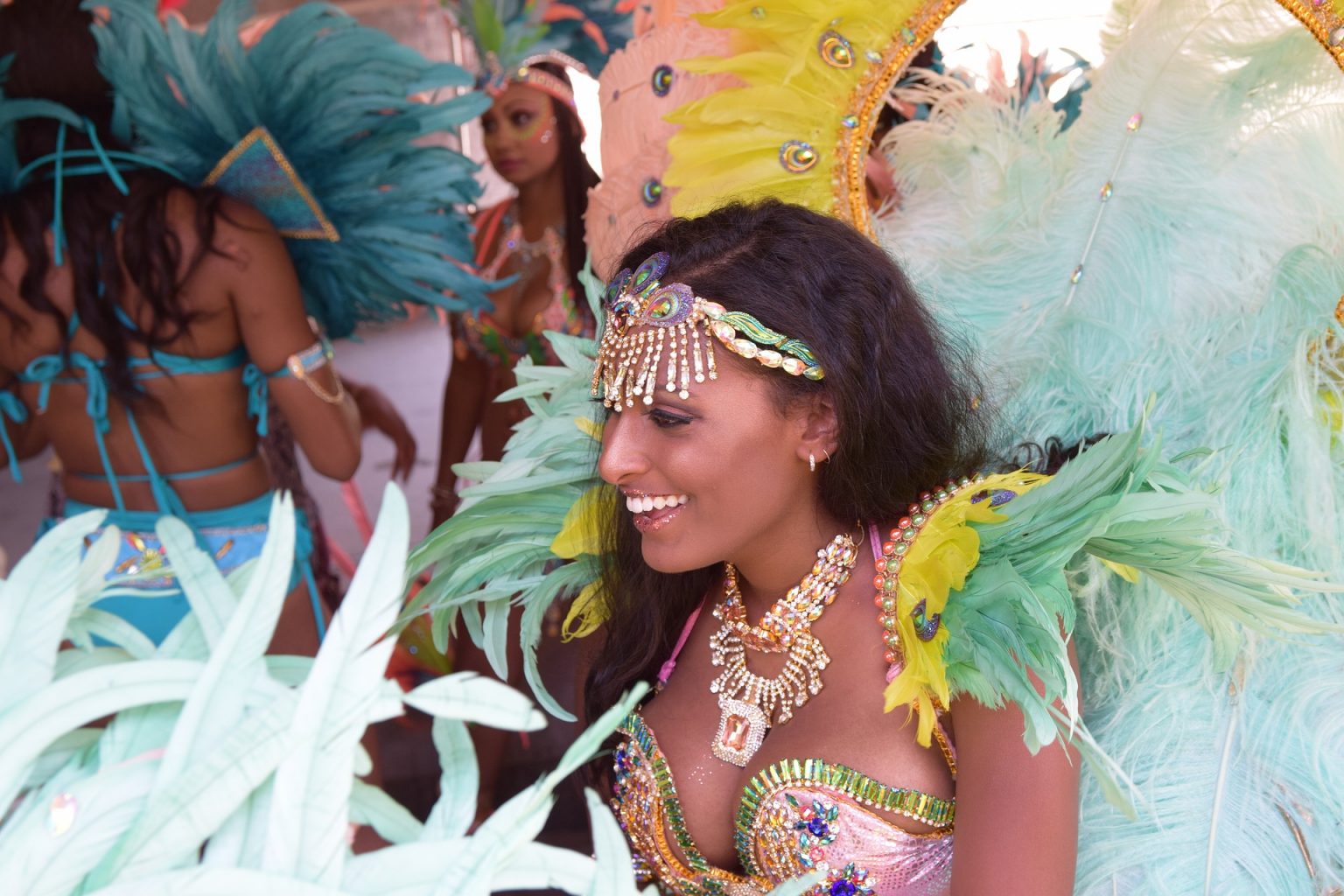
Feel the Energy of the Steel Drums
An integral part of Trinidad Carnival is the steelpan. The steelpan, or steel drum, is a musical invention originating in Trinidad and Tobago. In fact, it is the only musical invention of the 20th century.
The Steelpan, made from oil drums, takes energy to a different level. Originally a storage container for transporting oil, these oil drums moved from the energy of fossil fuels to the energy of the people of Trinidad and Tobago and the Caribbean. And with a variety of steelpan instruments (tenor, double tenor, cello, bass, and guitar), you typically get an entire orchestra from steel drums.

But the marvel of steelpan is not just the drums themselves but the players – ordinary men and women, boys and girls who can’t read a single note of music, but who possess an energy deep in their bones that erupts through their finger tips and into the steelpan. Add the Trini flair, soca music, vibrant dance, and local vibe to the mix, and you get a winning formula that can’t be replicated elsewhere. Sure, the Japanese and Europeans can play the steelpan, but none of them can truly portray the energy and soul of steelpan quite like a Trini.
The Saturday before carnival week culminates the several-week long Panorama Competition, where steel orchestras, small and large alike, compete for the coveted winner’s place. Here’s a glimpse at Panorama and steelpan music, live.
Cross the Biggest Stage on Earth
At 260 acres in area, the Queen’s Park Savannah is the largest roundabout in the world, and for Carnival, it holds the world’s biggest stage. Tens of Thousands of masqueraders gear up each year to cross this stage or the “Big Yard” as it is called. There’s something about crossing the Savannah stage. Carnival just isn’t complete until you make that ‘rite of passage’. This stage is so significant that even songs have been written about it.
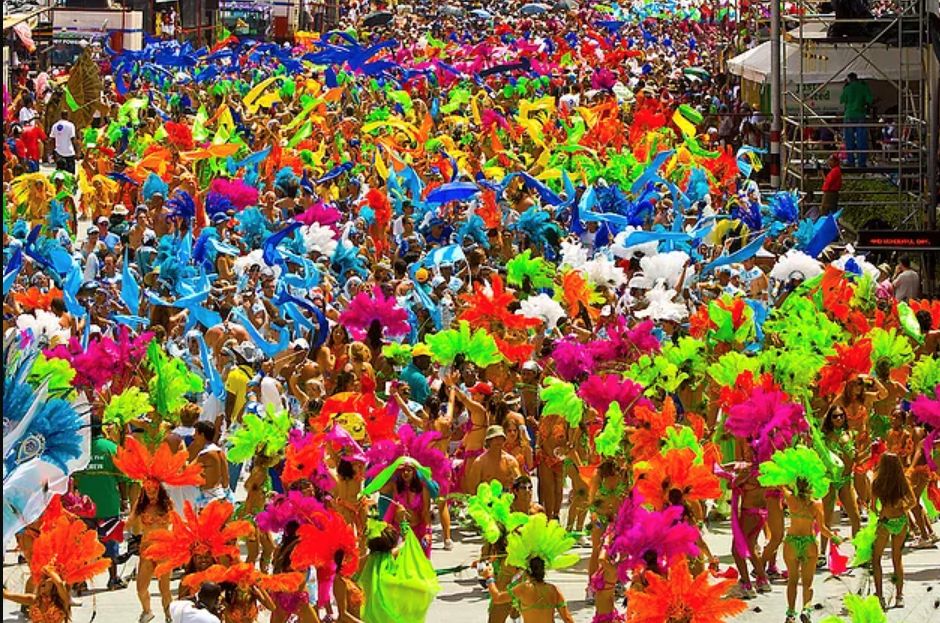
Let Your Kids Join in the Fun Too
Trinidad carnival is in the blood of the young and old alike. Unlike many other carnivals around the world, for Trinidad Carnival, everyone is included. Even the kids have a chance to ‘get on bad’ for a couple days without fear of repercussion. Kiddies carnival takes place the Saturday and Sunday before carnival week. It’s fantastic to see these children don vibrant Caribbean colours and artistic flair. And the amazing part is that these kids instinctively know bacchanalia. (the art of revelry and abandon); it’s in their bones.
Experience Mas the Way Our Ancestors Did (Traditional Mas)
One unique aspect of Trinidad Carnival is traditional mas, or Ole Mas. This is the kind of mas that hails to the creativity of the post-slavery era where folklores and tales abound. These tales were also told in carnival. Portrayals such as the Jab Jab, Jab Molassie, Pierrot Grenade, Indians, Fancy Sailors, Moko Jumbie, Dame Lorraine, Burrokeet, Bat, Dragon, Midnight Robber, Minstrels, Jamette and others.
Cool Down in Tobago
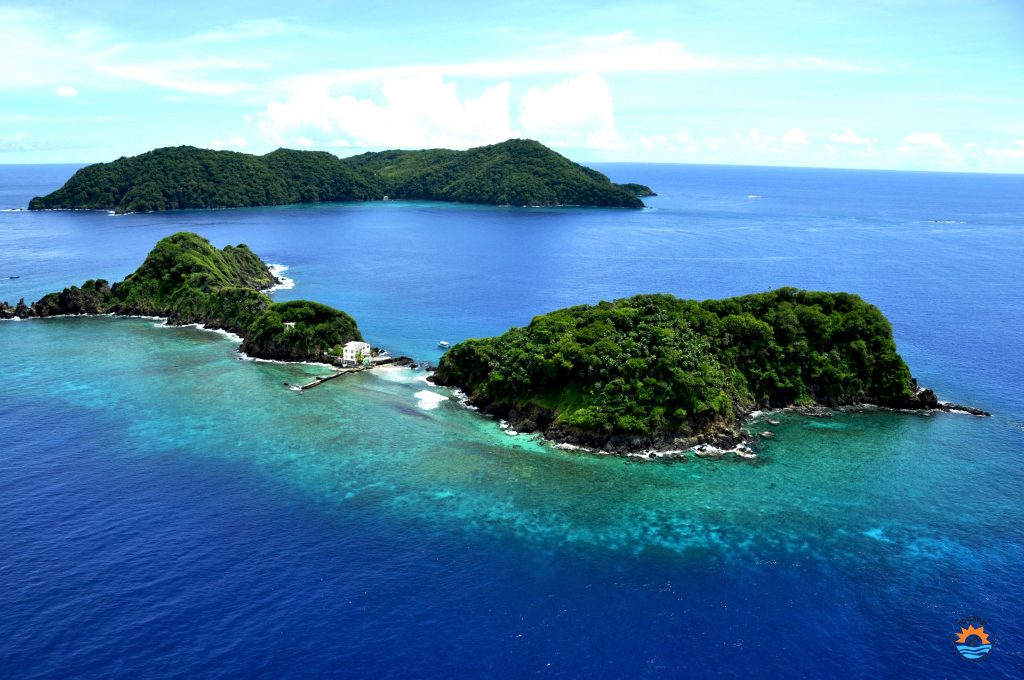
Author:
Kevon Wilson

Kevon Wilson, is a premier researcher and strategist. He has more than 16 years’ experience in research and digital marketing.
He is co-author of many of Leve Global’s research publications such as Big Data – Delivering the Big Picture to Drive Competitiveness, Everything You Need to Know About Internet Marketing, and The Top Ten Emerging Markets.


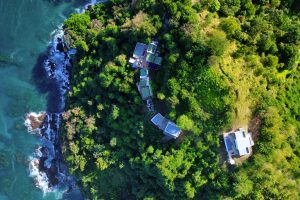
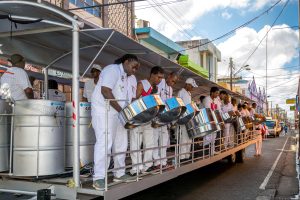

So much to see and do. This is an experience of a lifetime. I have just put this on my destination list. Thanks for sharing this info. All the Best.
It will be a pleasure to welcome you to TRINIDAD Carnival 2022 Jospeh. In the meantime, in preparation and until then, do enjoy the TRINIDAD Carnival 2021 virtually here: https://exceptionalcaribbean.com/2021/02/23/trinidad-carnival-2021-virtual-events/
Wow! Thank you, Kevon, for sharing the wealth of culture and history. I was truly not aware that the carnival stems from the times of slavery. I am glad that it found a turn around way to turn something that comes from such difficult times to be such a great source of inspiration for all members of a family.
A South African delegate group was sent for some years and South Africa was looking into celebrating Carnival with Trinidad and Tobago. It was such a great experience to have here in SA. The images in your post are just awesome.
The steel pans are a wonder to listen to. It reminds me of Our Anual International Marimba and Steelpan Festival we have here in SA. We always enjoy the presence of delegated from Your part of the wood.
Great article, keep flying your Flag High.
Ntlhane
It will be a pleasure to welcome you to TRINIDAD Carnival 2022 Ntlhane.
In the meantime, in preparation and until then, do enjoy the TRINIDAD Carnival 2021 virtually here: https://exceptionalcaribbean.com/2021/02/23/trinidad-carnival-2021-virtual-events/
I may have missedit. But there is an East Indian character that was a regular feature of Carnival. It’s called..Soomarie.
It was a creation of a man getting into a woman’s dress and into simulating dancing in and as a horse.
Soomarie would dance and prance as its keeper would try to feed it. But the man in the horse-shaped get-up would bob and swirl to dodge the person who is trying to subdue soomsrie. Live drumming was provided for the act.
Reynold